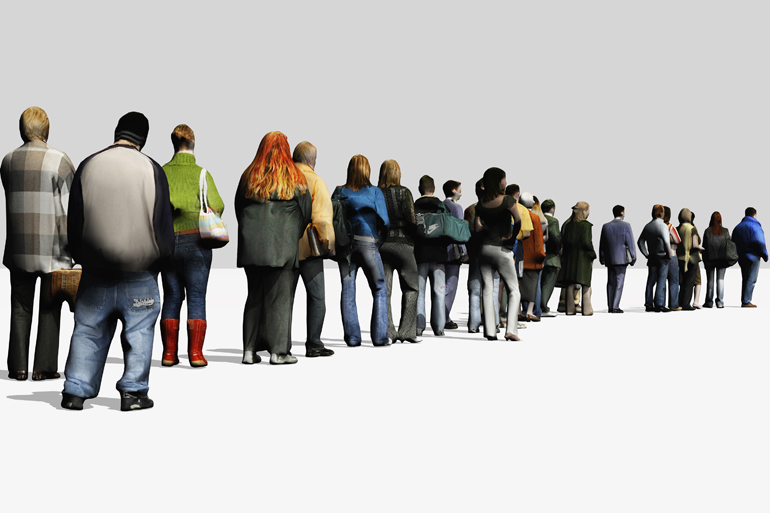
Long Island, NY – Without federal help, states are expecting even more layoffs in the coming weeks.
One hundred days into the COVID-19 pandemic and shutdown, almost all states and local municipalities have begun to reopen. Even New York City, the hardest-hit area in the country, has entered Phase 1 of reopening. Although the crisis is by no means over, many governments are moving forward and are trying to figure out how to balance their budgets after months of emergency spending, with almost no revenue coming in.
To balance these budgets, governments have laid off or furloughed many of their workers. According to the May jobs report, people employed by the government (including the federal, state, and local governments) dropped by 585,000. Since March 1.5 million government employees have lost their jobs. Currently, government employment is at the lowest it has been since 2001.
“With that comes a decline in essential public services,” Lee Saunders, president of the American Federation of State, County and Municipal Employees, said on a conference call with reporters this week. For instance, “911 calls are taking a long time to be answered.”
According to the AP, some states are projecting their state revenues to decrease by 20% or more over the coming year. At the same time costs are increasing as states rush to hire contact tracers, more cleaning staff for schools and government buildings, and are facing increased overtime for their police departments due to the George Floyd protests.
The layoffs and furloughs are hitting both blue and red states. In Michigan, nearly two-thirds of state employees have been furloughed through July and more than 9,000 Department of Transportation employees in North Carolina are on unpaid leave until June 24th. In Pennsylvania, the Turnpike Authority fired 500 toll collectors last week, pushing up their plan to make the Turnpike fully cashless. New Jersey is also warning that 200,000 state employees could be laid off. In addition to layoffs, some states like California are calling for pay cuts to prevent layoffs.
Local school districts are also worried that they will have to lay off staff in September if states cut state aid to the local districts. Places like New York are already warning that unless there is help from the federal government, they will not be able to maintain their usual levels of funding for local school districts. “A 30% cut in a poor school district’s budget means you just lost your arts program, you just lost your sports program,” said Lily Eskelsen Garcia, president of the National Education Association. “We are going to have to lay off one teacher in each grade.”
Unions and state governments have been calling on Congress to get their act together and send funding to the states. As UCOMM Blog previously reported, Senate Majority Leader Mitch McConnell is opposed to that idea, and is instead suggesting that states declare bankruptcy. Of course, he also implied that it was just blue states that were in financial trouble. If these layoffs and furloughs do become permanent, the United States recovery from the COVID-19 Recession will be a lot harder.
“People who work in public service continue to bear the brunt of this economic downturn, as the public sector shed nearly 600,000 jobs in May, on top of roughly 1 million in April,” said Saunders. “There is general consensus among leading economists that this public sector job loss will prematurely stall the broad-based recovery if it is not addressed. We need paramedics, school employees, sanitation workers and others on the job if we’re going to safely reopen the economy. It’s time for the U.S. Senate to put partisanship aside and move quickly to pass aid to states, cities and towns – so we can maintain the services that keep our communities strong and turbocharge the economic recovery we need.”



